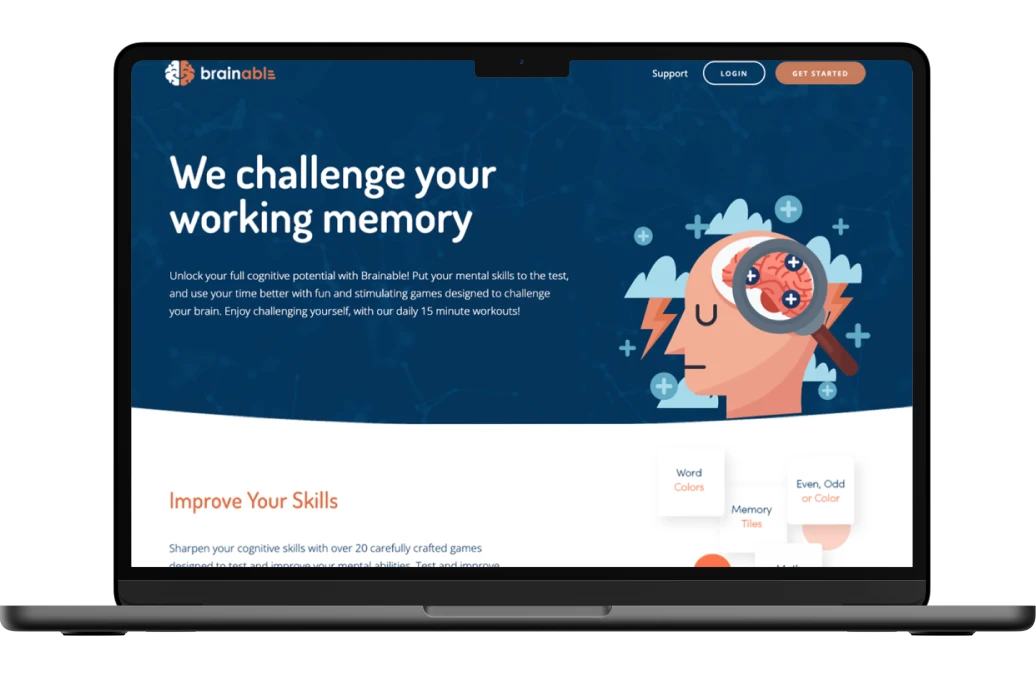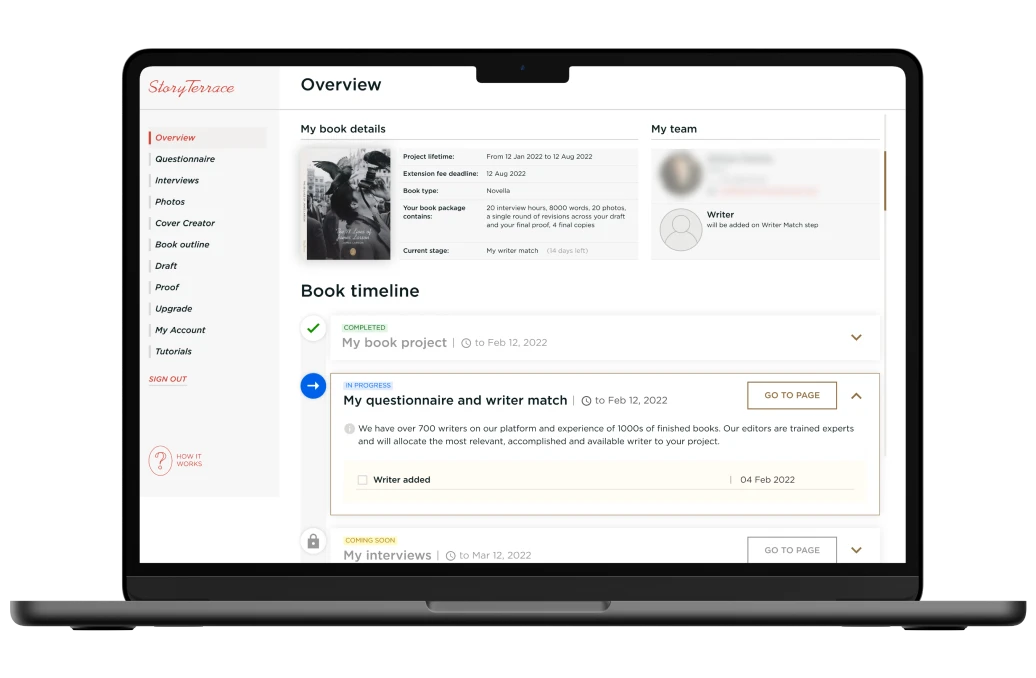Does your business need to replace its legacy software? In this case, low-code development services can be a perfect solution.
Many companies have legacy applications. The digital age started more than 40 years ago. Thus, it’s not uncommon to find apps that are 20 or even more years old. The key problem with them is that they slow everything down. You may need legacy hardware to use the presented software. In this light, the user experiences become genuinely low-quality. For example, unemployment services in the US are unpopular because of this issue. They use software that is at least 30 years old.
What’s the solution to this problem? You can use a low-code platform to recreate your legacy software on a new basis. Why low-code? In short, low-code development is becoming popular due to its speed and simplicity. Are you interested? We offer a detailed review of the technology below.
Defining Legacy Applications

Legacy applications stand for software that is outdated but is still in use. For example, let’s imagine a financial institution that has numerous spreadsheets. They were likely created with the earlier versions of Office. As a result, the relevant company may still need to use Office 2003 and Windows XP. This is an example of legacy applications. Office 2003 is no longer supported and doesn’t provide security and convenience features. Consequently, it slows all processes in the relevant bank.
Government organizations and manufacturing businesses are among the main users of legacy applications. They can’t stop their activities due to the possibility of service disruption or lost profits. In this light, it’s often logical for them to use older software. The problem is that this ultimately creates technical debt. Choosing a simpler solution today makes it harder to upgrade in the future. A solution like low code platforms for legacy modernization becomes essential.
What Does Legacy App Modernization Represent?
Legacy app modernization is the recreation of an old app on a new software architecture. Modernized applications have two main features. On the one hand, they support old formats. On the other hand, they use new frameworks that reduce development time for upgrades. The goal of a modernized app is to make working with it more convenient.
Core Reasons to Modernize an App
App modernization is an essential process for many companies. Here are the core reasons to abandon legacy code:
1) Security: outdated platforms are usually easy to hack. For instance, many ATMs still run Windows XP. This means they’re vulnerable to hacking. An update to your platform will greatly reduce the risks.
2) Better safety: outdated applications are typically slow. They either use compatibility layers or older hardware. In this light, a factory using old software faces elevated risks. It can encounter problems with equipment integrity. There’s also a risk of employees being hurt as a result of the slow response times. Newer software is faster: it’s capable of preventing these problems.
3) Higher convenience: a common complaint about government services is their inefficiency. This often happens because critical applications are old. The best way to solve this problem is to use application modernization strategies. They can speed up your software and make services more convenient.
4) Compatibility with older hardware: many organizations don’t have cutting-edge computers. Software modernization is essential because it deals with this aspect. Low-code legacy modernization tools can be geared towards older PCs. Many ready-made proprietary tools are powerful but require costly computers. Custom and open-source software is less demanding. That’s the reason why many governments are investing in open-source and custom frameworks.
Key Issues of Legacy Modernization

Outdated systems are too costly for business users. Nonetheless, there are many fears surrounding modernized systems. Before we dispel them by reviewing the benefits of no-code development, let’s look at those fears in detail.
- Complexity: legacy code can be very complex. Thus, rewriting the core features may be difficult.
- Lack of documentation: if you want to, for example, encapsulate a legacy system, this problem becomes vital. Why? The absence of documentation makes it difficult for coders to understand your app.
- Technical debt: over time, legacy codebases can become more difficult to maintain and extend.
- Legacy systems integration: modernization may require an integration with newer systems. This process can be difficult due to the usage of various unique formats and data types.
- Testing: any updated legacy systems will require extensive testing. Why? You need to ensure that it performs all functions as intended. This aspect is likely to significantly expand development costs.
- Data migration: when you modernize an old system, data migration becomes necessary. Differences in data formats may turn this process into a major challenge.
- Training and adoption: modernized systems are typically easier to use. Nonetheless, reliance on legacy systems will likely lead to a set of work-related habits. The best way to overcome those habits is training. This can be difficult, especially if workers don’t like change.
- Cost: all factors presented above show that modernization can be costly. It requires redevelopment with a focus on unique features. There’s a need for extensive testing and training. In this light, many firms choose to use older software. Yes, it creates technical debt, but at least there are no major expenditures in the short term. If an organization or a firm encounters a financial crisis, this thinking is often logical.
Benefits of Using Low-Code Platforms for Modernizing Legacy Systems
Ultimately, low-code legacy application modernization is a core way to reduce costs. Here are the main reasons why you should consider a low-code approach:
1. Fast development and transition speed
The core reason to use low-code modernization is speed. What do we mean by this? A low-code solution typically requires 40% to 60% less time for development. Our experience shows that certain tasks can be done two times faster. This means that these tools are perfect for transferring businesses and government organizations from one software base to another. A common complaint is that the transition will take a lot of time. This downtime will, in turn, disrupt profits or services. Low-code solves this problem once and for all. Due to the speed of development and implementation, you can transfer your business from legacy tools to newer ones in a matter of weeks. The low-code modernization method is cheap and fast.
2. Full functionality available
Contrary to no-code, low-code is more flexible. No-code platforms are the fastest, but they have very limited functionality. With low code, however, it’s possible to develop critical components independently. Why is this vital? You can at first recreate the core features through a visual interface. Later, any compatibility issues and security vulnerabilities can be closed through custom code. This means that the low-code approach isn’t only faster. It also offers you an opportunity to fully recreate your app. There are no compromises with the low-code approach to legacy modernization.
3. Improved productivity

The core goal of a modernization project is to improve productivity. Modern technologies are faster in two ways.
Firstly, they use a newer codebase that doesn’t rely on outdated infrastructure. This means that newer computers will run this code much better. Current technology is simply faster. As a result, you’ll be able to deliver services or run calculations for your manufacturing devices much more quickly.
Secondly, better user interfaces are also a major benefit of innovative solutions. An app developed 30 years ago is unlikely to be convenient. Modern UI/UX practices have created improved approaches to software control. Considering all these factors, technology upgrades are essential for firm success.
4. Keeping up with new technologies
Legacy databases often lead to lack of integration with newer tech. For example, the usage of Office 2003 may end in the inability to integrate with newer solutions like Google Docs. Older software severely limits your access to advanced functionality of all kinds. In short, the usage of older software creates massive technical debt.
Low-code solutions upgrade the development lifecycle. As a result, you’ll be able to use core functionality together with newer software. Extensions to legacy platforms are typically costly. In turn, novel technologies rarely require dedicated integration solutions.
5. Reused data models
A major reason to think about a low-code custom app is also the reuse of data models. In this respect, modern tools can be used to integrate older data formats. Low-code development doesn’t end with visual development tools. It’s open to full-scale custom development. In this light, one can fully recreate compatibility with older data formats. You may have both an upgraded app logic and compatibility with the older ways of storing data.
Key Types of Legacy System Modernization
How to modernize legacy applications with low-code tools? There are multiple ways to modernize your legacy system. Let’s review them in depth:
1. Complete rebuild
The most powerful method of legacy system modernization is a complete rebuild of your existing systems. This method has both positives and downsides. On the one hand, you receive a new app that uses a fully upgraded code base. This means that big updates won’t be necessary in a rather long-term scope. On the other hand, the method is quite disruptive. It’s also the most expensive in the presented list. Ultimately, we believe that it’s the most logical one for most organizations. A full code rewrite creates a modern alternative for your past apps. Consequently, the likelihood of major problems with its integration into newer systems becomes lower.
2. System extension
One more way to work with legacy systems is their extension. In this respect, you can, for example, create a modern interface for your app. An additional approach is to come up with various integration tools. New features are also a possibility with the extension approach. This method also has major positives and downsides. Typically, it’s less costly and doesn’t require a long transition time. However, you’ll still be using legacy code in your app. This factor greatly increases risks. It typically doesn’t solve the issue of technical debt. If you extend your system but still use old code, the core issues with legacy systems won’t disappear.
3. System encapsulation
There’s also a possibility to create a set of code around your system that will isolate it. How does this work? Developers can deliver a custom compatibility layer that will handle all outside connections. In turn, your app will be isolated from the Internet and other influences. This method doesn’t solve performance issues. However, it’s great for security. You can create a new interface and isolate your app from vulnerabilities. The technique is also relatively cheap in comparison to a full rewrite. Thus, it’s quite popular among customers.
4. Hybrid methods
There are also ways to combine the methods above. A hybrid approach is possible in many configurations. You can combine an app rewrite with some extension. In turn, it’s possible to encapsulate an app and create a system extension for it. A partial rewrite with encapsulation may also make sense to speed up the system. In short, everything depends on your specific use case and available resources.
Conclusion
To summarize, low-code platforms for legacy modernization are a perfect solution for many companies. We recommend it for the majority of cases. It’s great both when you’re limited regarding funds and time. If the technology is now of interest to you, our company can help with adopting it. Keenethics has more than 8 years of experience in the development market. We’ve developed multiple low-code projects during this time. Thus, you can address us for your modernization goals.
You can address us to receive help with this technology!











